Agave Houseplant Care – Growing Agave As A Houseplant
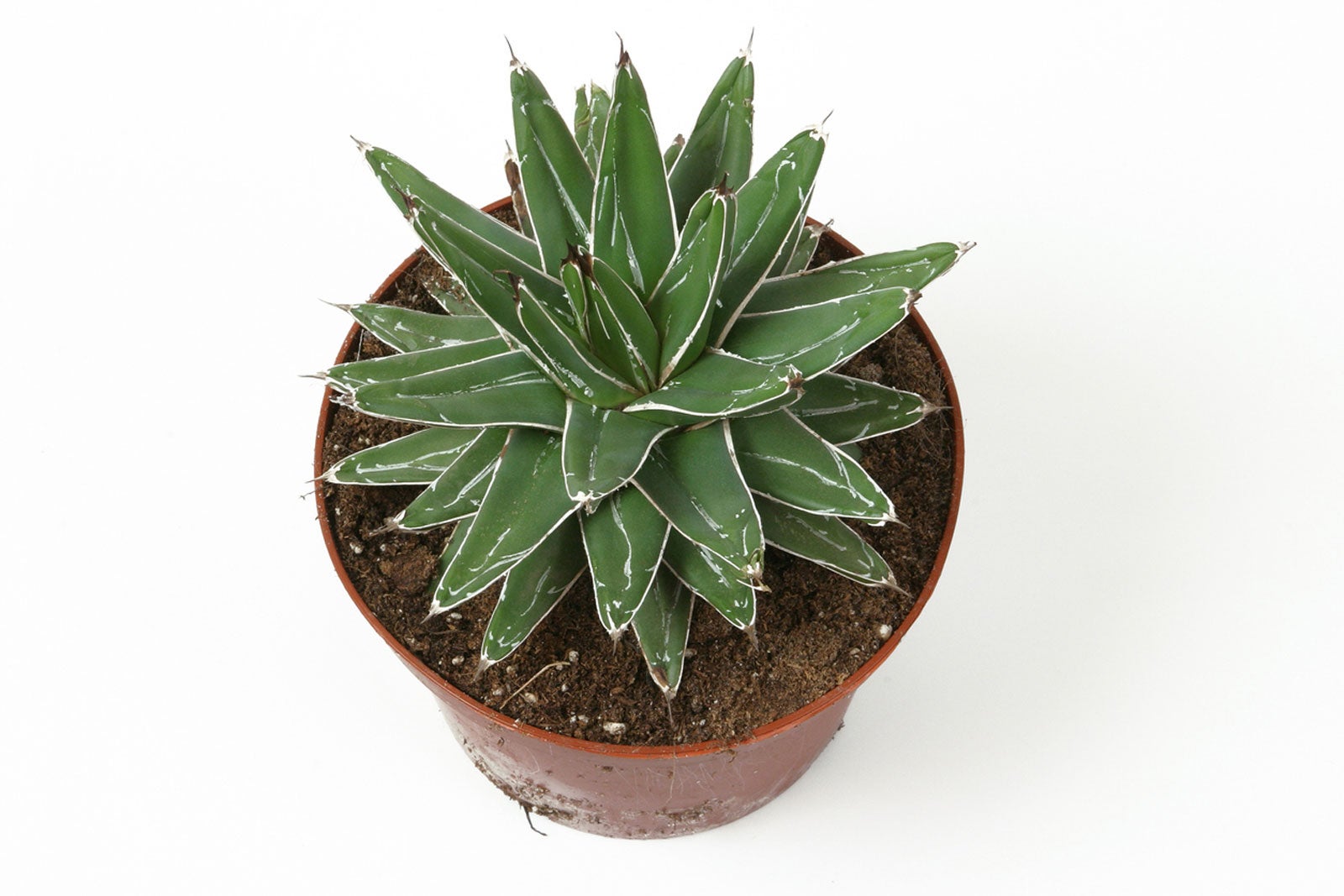

Agave is a great addition to the landscape, soaking up the sun and adding attractive foliage and occasional blooms to your sunny beds. However, most agaves can’t survive winter cold, so growing them in these areas requires bringing agave plants indoors. For this reason, you’ll want to grow agave in containers.
Maybe it’s too much of a hassle to bring them in and out with the seasons. You might wonder if you can grow agave as a houseplant. The answer is yes, you can, although some types may grow better than others if kept exclusively indoors.
Growing Agave Plants Indoors
There are several types of agaves, some with spines and some without. If you have children or pets in the household, this should be a consideration. The roots of these plants grow outward instead of down, so it’s best to grow potted agave in a wide, shallow container.
Locate them in a sunny area when choosing a spot for the potted agave. They need just the right amount of sun. These plants usually grow in a full sun location in their native habitat. But, if you’re not sure how much sun your plant was getting before it came to live with you, acclimate it gradually to full sunlight. In between, keep it in a bright light area.
Too much direct sun can sometimes cause sunburn, so keep this in mind as a part of agave houseplant care. A western-facing window is sometimes a great spot for potted agaves, depending on the light that comes through it. Research the agave you want to grow indoors before locating it inside to make sure you can provide the proper growing conditions.
Agave houseplant care includes watering as necessary for most succulents. Water more during the spring and summer growing seasons, letting the soil dry between. Limit watering in fall and winter. Keep the soil slightly moist during these times.
Common Types of Agave Houseplants
Century plant (Agave americana) is bracted instead of spined. This plant has attractive, blue-green leaves and reaches 6 to 10 feet (2 to 3 m.) in optimal conditions. It is monocarpic, meaning it dies after flowering, but it’s called the century plant, as it is said to only bloom every 100 years. While it might bloom more often, it is not likely to flower when grown as a houseplant.
Gardening tips, videos, info and more delivered right to your inbox!
Sign up for the Gardening Know How newsletter today and receive a free copy of our e-book "How to Grow Delicious Tomatoes".
Fox Tail agave (Agave attenuata) is a larger agave, which also can reach 10 feet (3 m.) in height and 5 feet (1.5 m.) across. Although it likes bright sunlight, it takes some shade for part of the day. Plant in a large container for indoor growing and consider a south-facing window, as well as those looking toward the west.
Octopus agave (A. vilmoriniana) is an interesting type to grow. With arching and twisting leaves, this agave looks like a four-foot (1 m.) octopus. Leaf margins are somewhat sharp, so locate the plant on a table in full sunlight, away from little hands. This plant also prefers some afternoon shade after a full sun morning.

Becca Badgett was a regular contributor to Gardening Know How for ten years. Co-author of the book How to Grow an EMERGENCY Garden, Becca specializes in succulent and cactus gardening.
-
 8 Perfect Flowers To Plant With Tomatoes To Boost Yields & Banish Pests
8 Perfect Flowers To Plant With Tomatoes To Boost Yields & Banish PestsDon’t forget flowers when choosing companion plants for your tomato beds or pots. These pretty, fragrant flowers add beauty but are also highly beneficial.
By Mary Ellen Ellis
-
 Want The Longest Lasting Hydrangea Flowers? Grow These 8 Panicle Hydrangea Varieties
Want The Longest Lasting Hydrangea Flowers? Grow These 8 Panicle Hydrangea VarietiesFor ornamental shrubs that deliver the longest flowering seasons with plush blooms and delicate hues, these panicle hydrangea varieties are essential in your yard
By Tonya Barnett
-
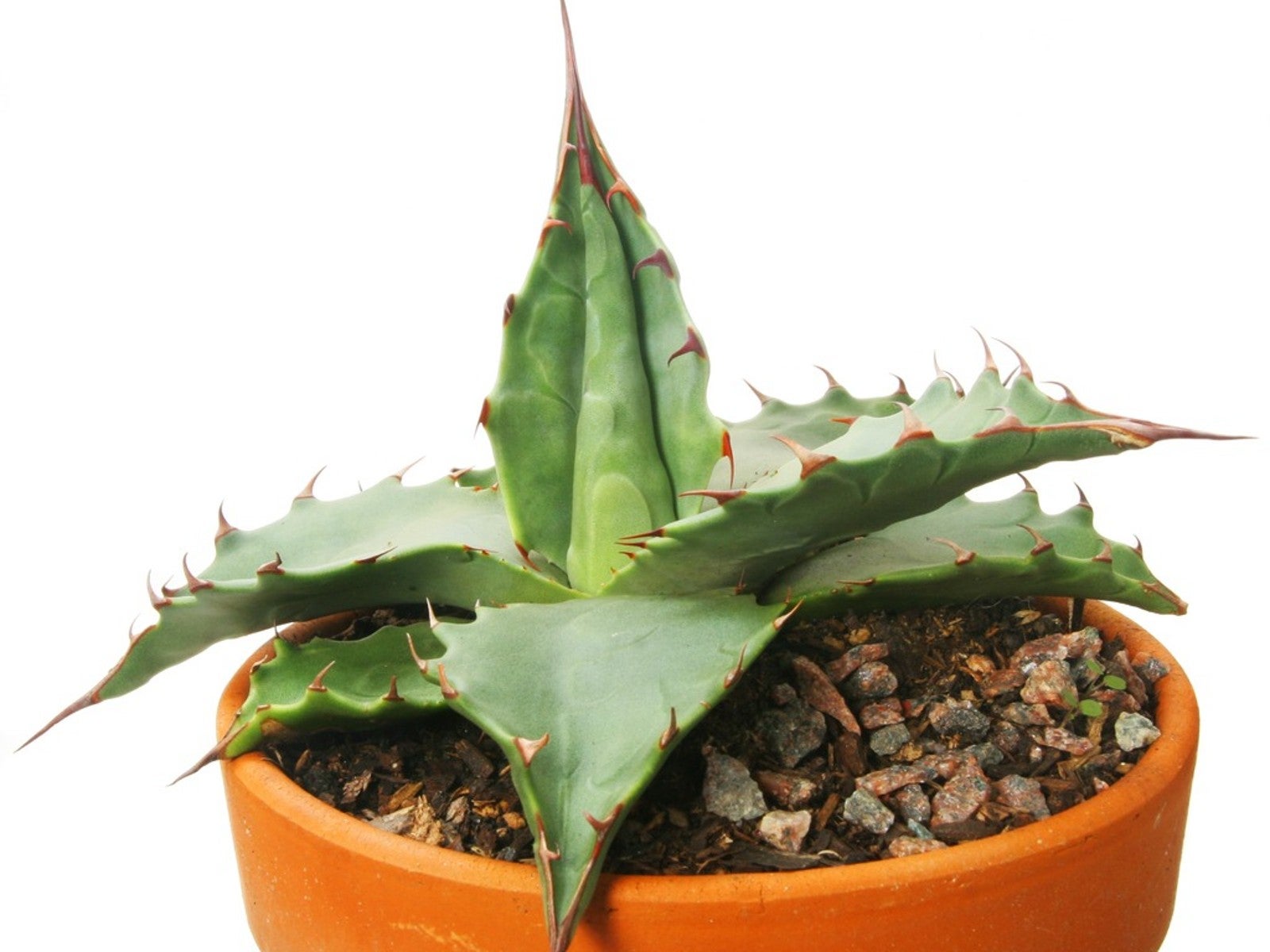 How To Propagate Agave: Instructions And Tips For Agave Propagation
How To Propagate Agave: Instructions And Tips For Agave PropagationAgave plants are popular, but they do have one drawback. They are a monocarpic species, and understanding how to propagate agave is an essential part of their care.
By Laura Miller
-
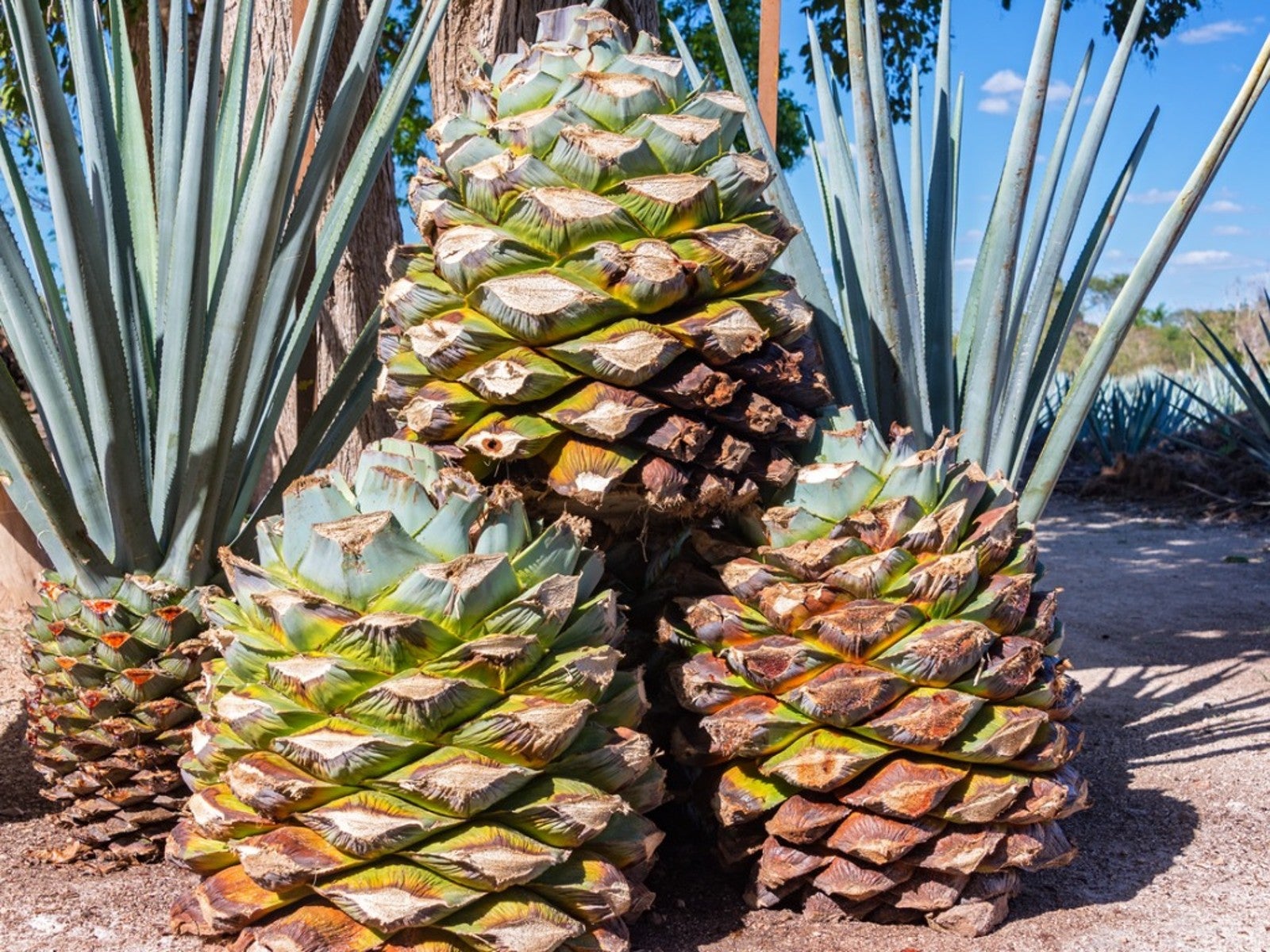 How To Grow Agave For Nectar: Growing And Harvesting Blue Agave Syrup
How To Grow Agave For Nectar: Growing And Harvesting Blue Agave SyrupAt one time growing blue agave was most notable for its production into tequila, but today blue agave nectar is giving the liquor a run for its money. Read on for more.
By Amy Grant
-
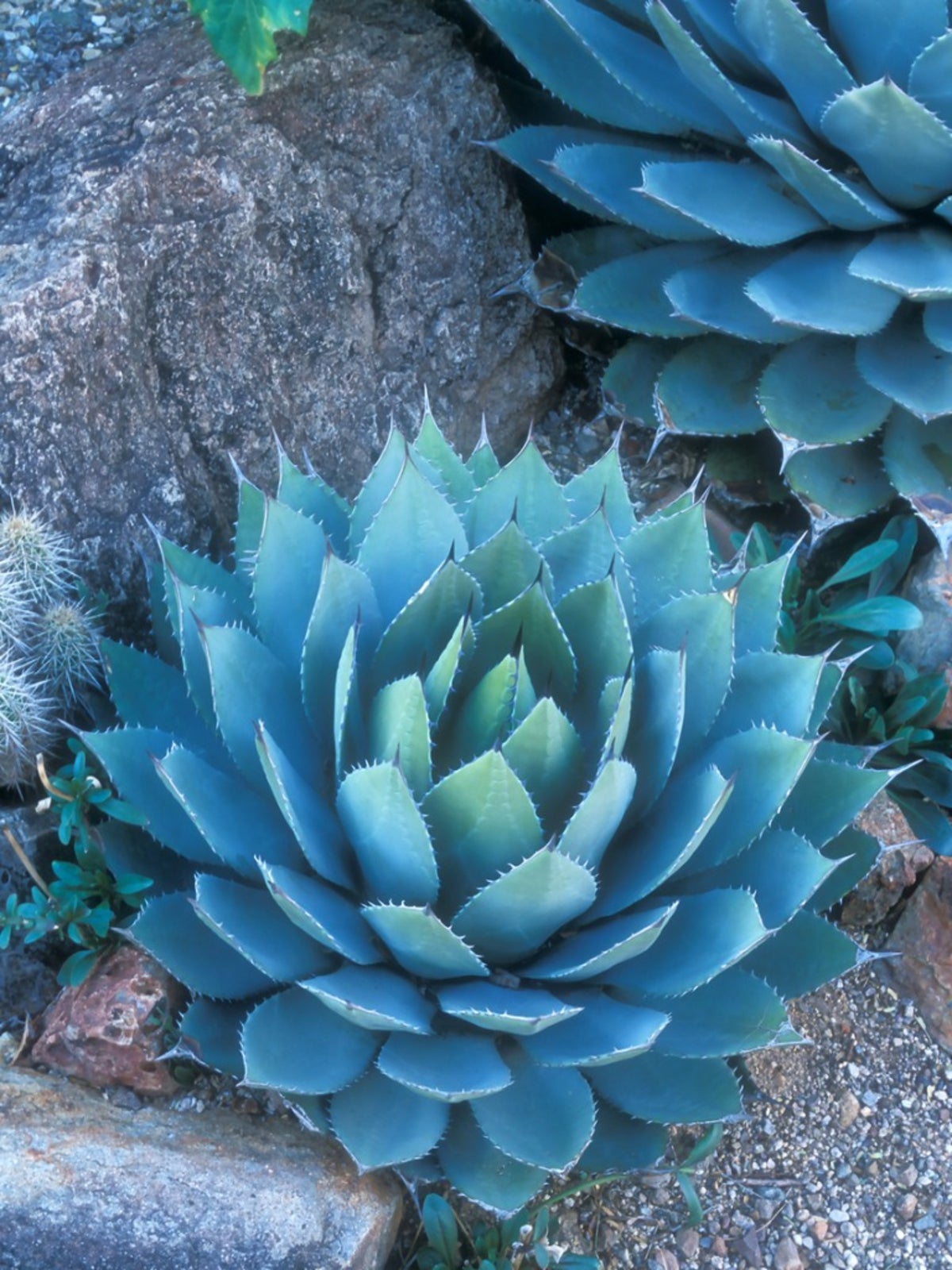 Grow An Artichoke Agave Plant - Artichoke Agave Parryi Info
Grow An Artichoke Agave Plant - Artichoke Agave Parryi InfoHow big does Artichoke agave get? Not as large a species as some varieties, but what it lacks in size it makes up for with an amazing flower, glorious color, and a compact rosette.
By Bonnie L. Grant
-
 Different Agave Plants – Commonly Grown Agaves In Gardens
Different Agave Plants – Commonly Grown Agaves In GardensOne of agave's most common uses in the landscape is for privacy or as mass plantings of thorny unpleasant defense plants. However, grown as specimen plant, different agave plants can add height, shape or texture to the landscape. Learn About varieties of agave here.
By Darcy Larum
-
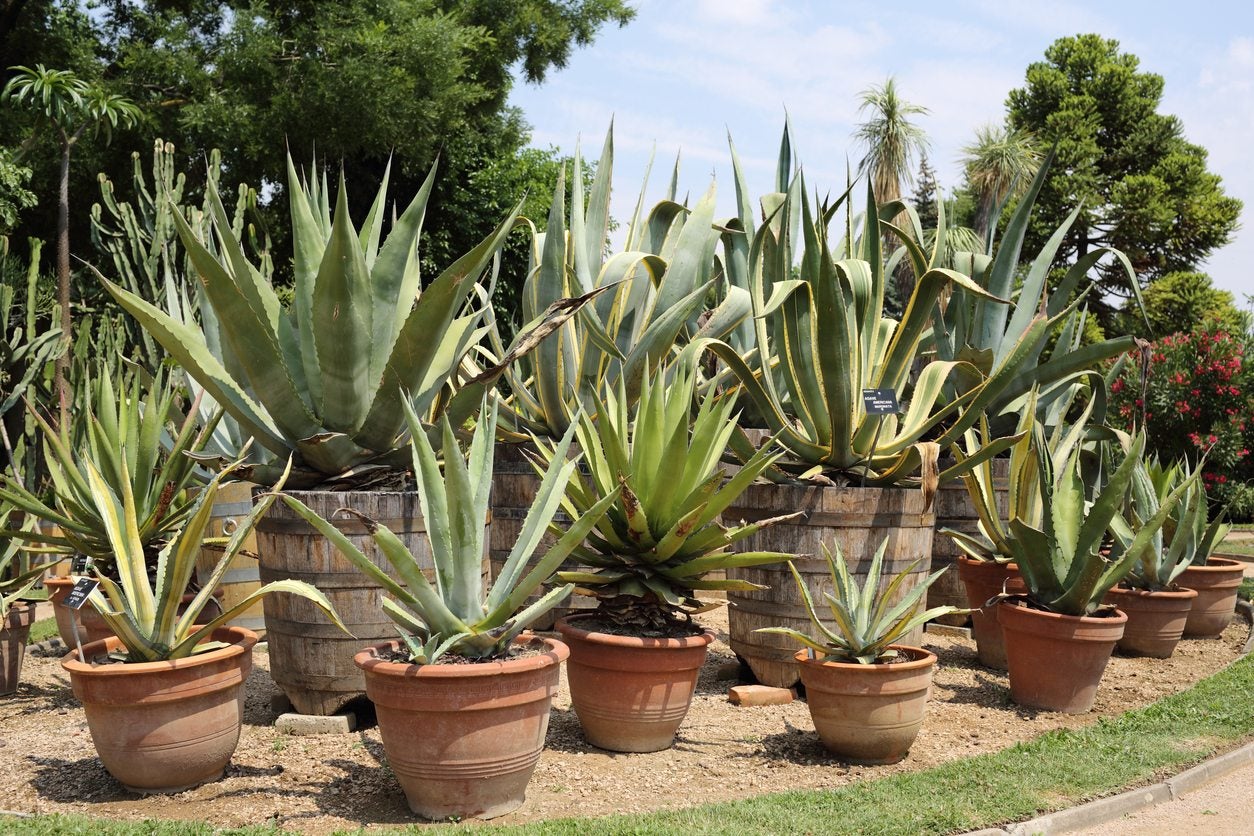 Potted Agave Care: Tips On Growing Agave Plants In Pots
Potted Agave Care: Tips On Growing Agave Plants In PotsCan agave grow in pots? You bet! With so many varieties of agave available, container grown agave plants are an excellent choice for the gardener with limited space, less than perfect soil conditions, and a lack of abundant sunlight. Click here to learn more.
By Gardening Know How
-
Caulotops Barberi Pests: Learn About Agave Plant Bug Control
While generally a low maintenance, easy-to-grow plant, agave can be susceptible to pest problems. If you have noticed bugs eating agave plants in your landscape, click here to learn more about controlling agave plant bugs in the garden.
By Darcy Larum
-
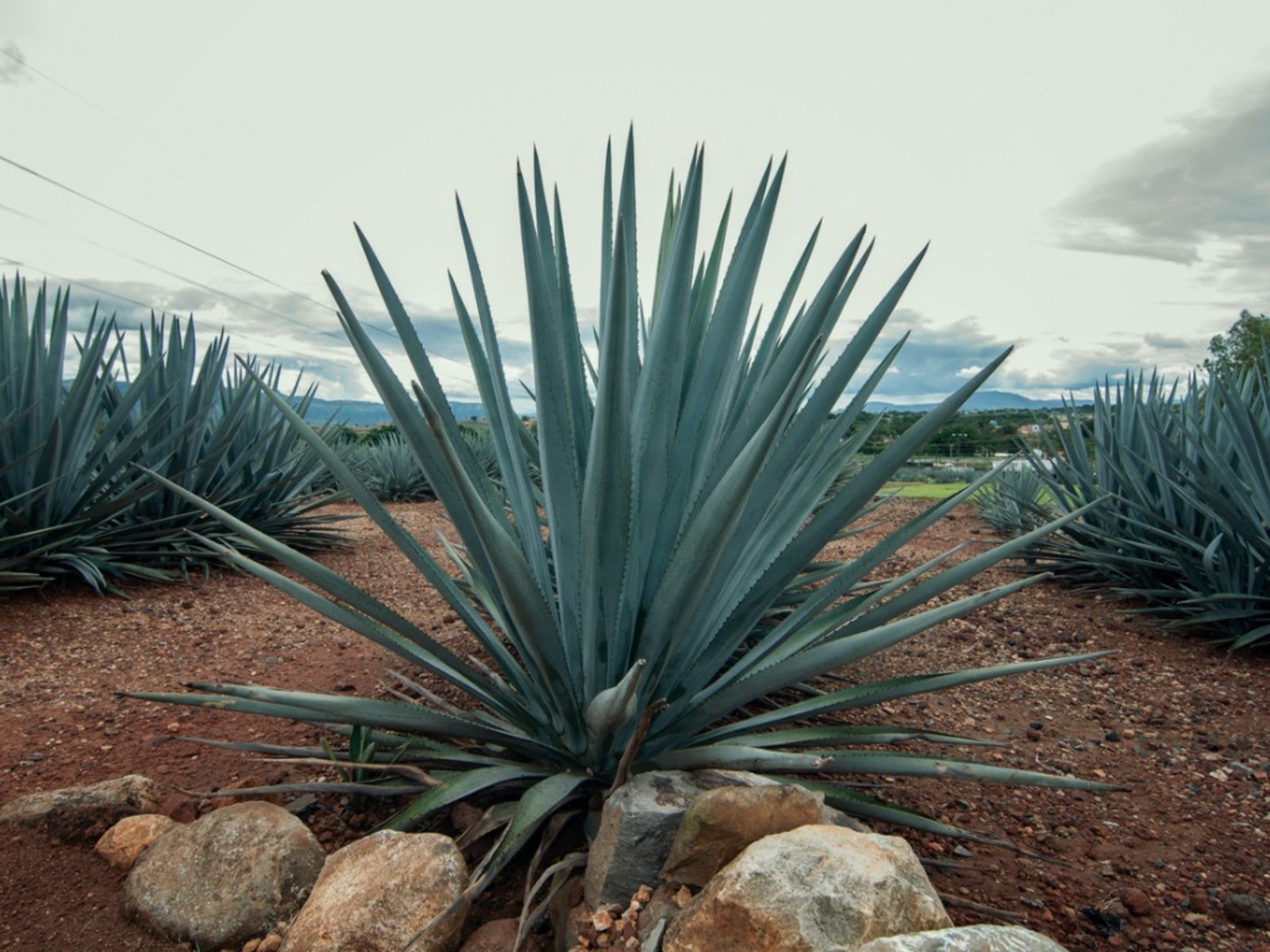 What Is Agave Crown Rot: How To Save Plants With Crown Rot
What Is Agave Crown Rot: How To Save Plants With Crown RotMid- to late-summer crown rot of agave plants can be common in cooler climates and potted plants. Learn what you can do for agave plants with crown rot in the article that follows. Click here for additional information.
By Darcy Larum
-
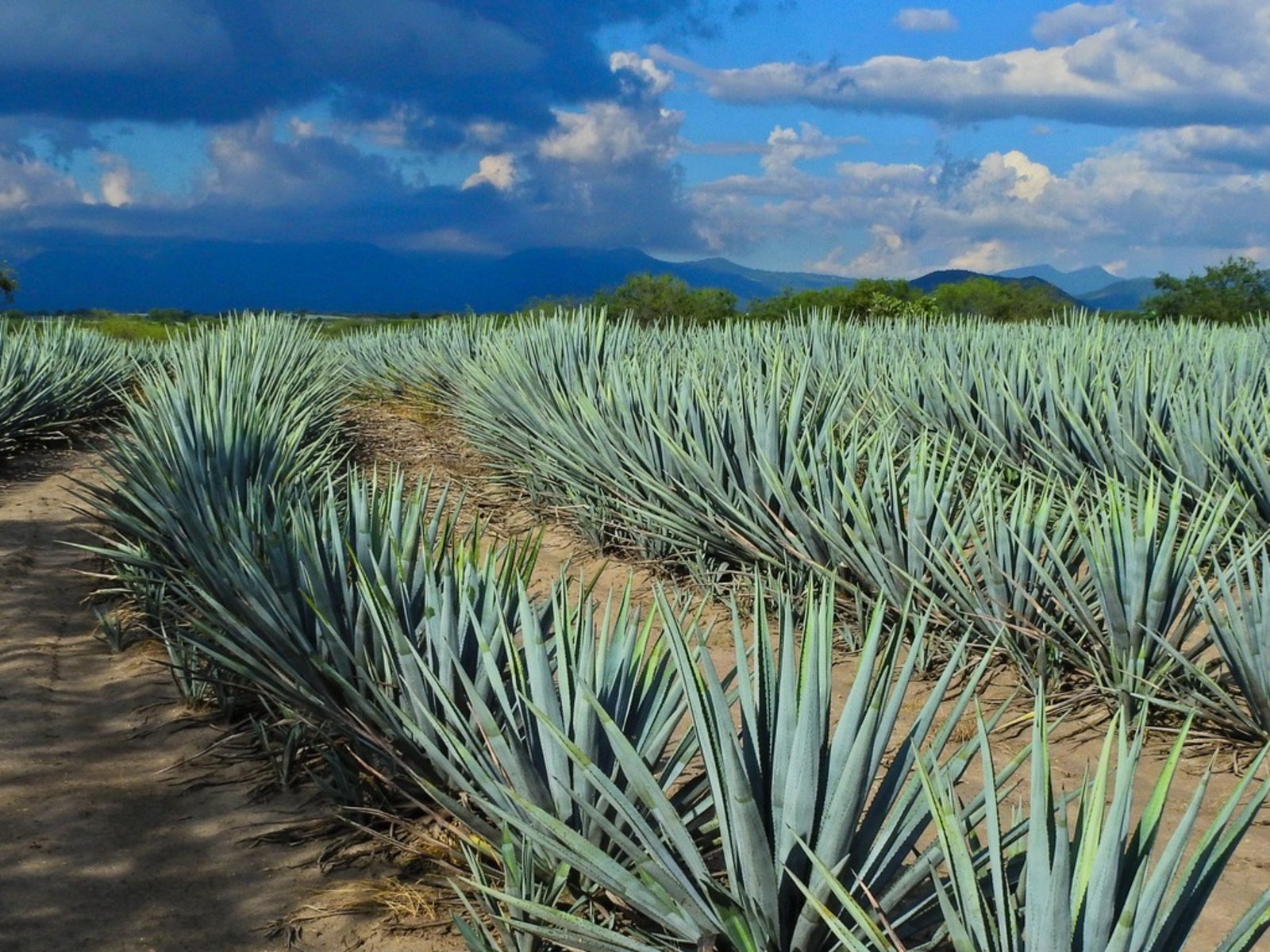 Managing Root Rot In Agave – How To Treat Agave Root Rot
Managing Root Rot In Agave – How To Treat Agave Root RotRoot rot is a common disease in plants that is usually caused by poor drainage or improper watering. While more common in potted plants, root rot can also affect outdoor plants. Learn more about managing root rot in agave with the following information.
By Darcy Larum